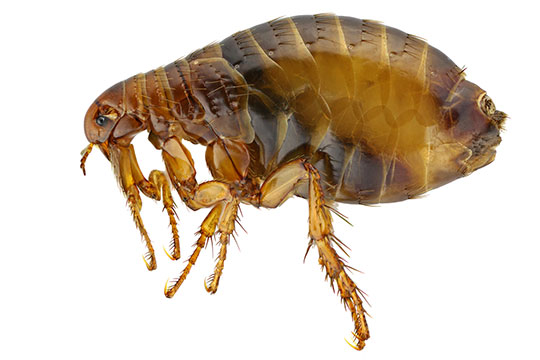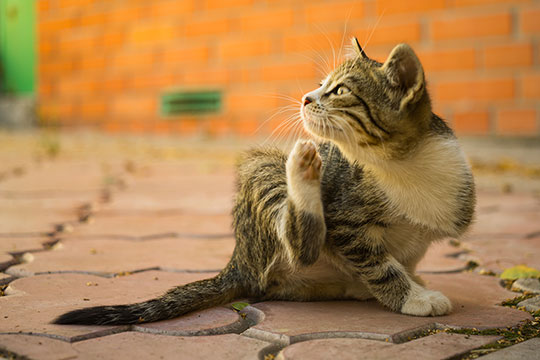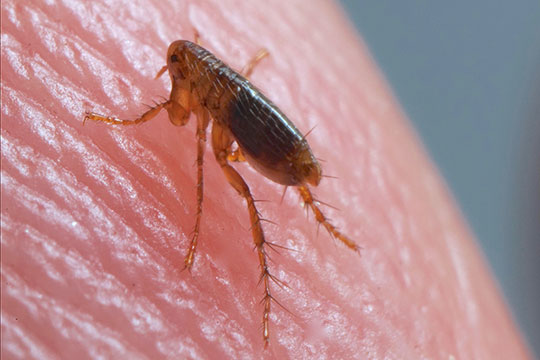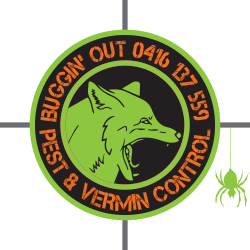Pest Profile
Insects![]()
Insects
FLEAS
Scientific name: Various
Fleas are small, wingless, external parasites from the order ‘Siphonaptera’. Adult fleas are brown in colour, oval in shape and range from 2 to 4 mm in length. They have six, spiny legs, with powerful hind legs for jumping. Fleas areso powerful that they are able to jump more than 200 times their body length.
Almost everybody, especially those living with cats or dogs, will be familiar with these small biting insects and will have either seen them or the effects of their nuisance bites on pets or even themselves.
Fleas are highly specialised bloodsucking parasites and have a formidable reputation of claiming more victims than all the wars ever fought as a result of the bubonic plague (Black death) in the 14th century where over 25 million people died.
Fleas have small antennae and mouth parts for piercing and sucking. They feed on the blood of humans and animals and thrive on a wide variety of warm-blooded creatures including humans, dogs, cats, rabbits, rats, mice and birds.
The main flea species that attack humans include the cat flea, dog flea and the human flea. The common cat flea is found on both cats and dogs and is the species usually identified in attacks on humans. The other two species are relatively rare.
Both adult female and male fleas can survive for many months without feeding. When a food source is available, the flea uses its saw-like jaws to cut through skin on accessible parts of the body. Flea saliva contains anticoagulants to keep the host’s blood flowing so they can feed easily.
Most females will lay at least 100 eggs within a lifecycle of several months. Fleas are also known to transmit tapeworm larvae.



